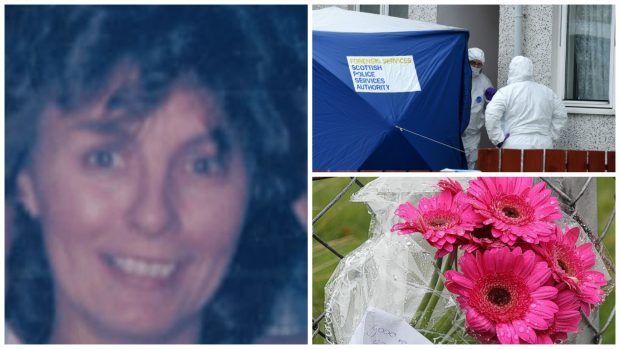A pensioner accused of murdering a woman in her own home in Inverness will go on trial next month.
Michael Taylor is accused of killing Elizabeth Mackay at the property in Hilton in March.
It is alleged the 71-year-old struck Miss Mackay with a “blunt object or objects”.
The Crown alleges the 60-year-old was repeatedly punched, causing her to fall and lose consciousness.
Taylor is accused of then removing her clothes and biting her.
He is also accused of stealing groceries, pots, cutlery and keys from Miss Mackay’s home.
Taylor will go on trial at the High Court in Edinburgh on December 6.
He previously appeared at the High Court in Glasgow and denied the charges.
Miss Mackay’s body was found on the afternoon of March 31, in her kitchen in Kintail Court.
Detectives originally treated her death as “unexplained”, but Taylor appeared in court charged with her murder a week later.
The mother-of-one has been described as “a very private woman, a bit of a loner” but as someone “who wouldn’t hurt a fly”.
Her funeral was held in Inverness around eight weeks after she was found dead in her home, where it was said she was a woman “who loved her own company”.
It is understood Miss Mackay, who was also known as Elizabeth Muir, lost contact with her family for several years before her death.
She had previously lived in Nairn and had moved into her home in Kintail Court about eight years ago.
The house had been the scene of a previous tragedy.
Ms MacKay was one of the first tenants to live in the council house – dubbed the “house of horrors” by neighbours.
The property was previously occupied by Brian Grant, the killer who was convicted in 2007 of murdering hairdresser Ilene O’Connor and burying her in the garden.
Grant was jailed for life after being found guilty of murder following a trial.
